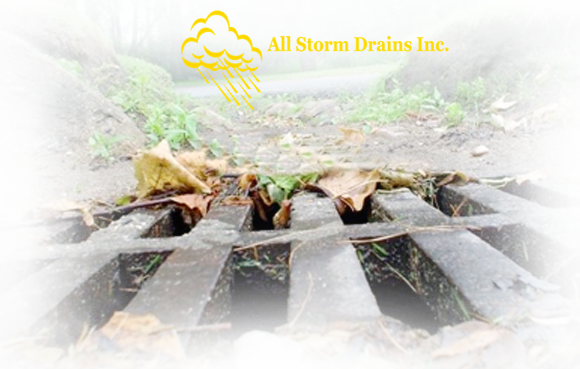Storm Water Drainage Best Practices | All Storm Drains Inc.

Best management practices are physical, structural, and managerial practices that prevent or reduce the contamination of a drain. The proper design and siting of a storm water drainage well minimizes the likelihood of accidental or routine contamination resulting from either poor operational practices or misuse.
There are five general categories for storm water drainage well best practices that can be implemented alone or in combination. The five general categories relate to:
- Siting
- Design
- Operation & Maintenance
- Education & Outreach
- Proper Closure (plugging and abandonment)
The appropriateness and effectiveness of best management practices vary according to the type, design, setting, and operation of the well. Consult All Storm Drains Inc. for more information.
The Safe Drinking Water Act requires that EPA protect USDWs from injection activities. EPA has set minimum standards to address the threats posed by all injection wells, including storm water drainage wells.
Storm water injection is a concern because storm water may contain petroleum or other organic compounds that could harm USDWs. Other potential harmful contaminants include:
- Sediment
- Nutrients
- Metals
- Salts
- Microorganisms
- Fertilizers
- Pesticides
If you have a new storm water drainage well, you must contact your permitting authority before you begin construction.
For existing storm water drainage wells, you must stop using the well immediately and contact your permitting authority to find out what you must do. In most cases, you will need to:
- Submit an inventory form
- Wait up to 90 days to allow the UIC program to authorize your well, after which you may continue using it (unless you are told otherwise)
Authorization to use the well expires once you have properly closed the well. Proper well closure, also referred to as well abandonment, is a procedure to ensure that the well will not endanger the environment in the future. Depending on the well’s design, proper well closure could include:
- Back Filling With Clean Fill Material
- Soil Excavation
- Casing Removal
- Grouting
Sometimes when a poorly maintained drainage system is overwhelmed by a heavy rain, a bad storm, or faulty construction within its foundation. The results of these phenomena can be catastrophic to a place of business, or an individual's property. Property damage is common when a drain is not completely open due to flood water surges. When drywell cleaning is completed too late a loss of income due to repairs or customers will simply not being able to get into your parking lot.
Maintenance is the key to avoiding serious income, or property losses due to a flooded drainage system. We can also perform camera inspections to foresee future flood problems prior to arising before they trouble your business with costly repairs.
DUMP NO WASTE
Don't ever dump oil, gas or anything toxic into a storm drain! Some storm drains lead to your drinking water through the groundwater! They also lead to our waterways through canals, rivers, lakes, surrounding bays, and then into the ocean. Most toxins will take the journey with the water, killing natural organisms, animals including land animals that drink from these waterways.
Illegal Dumping will affect plants, animals that depend on those plants as a resource, coral reef systems, fish, and our environment all the way to the open ocean were it will continues to kill!




Comments
Post a Comment